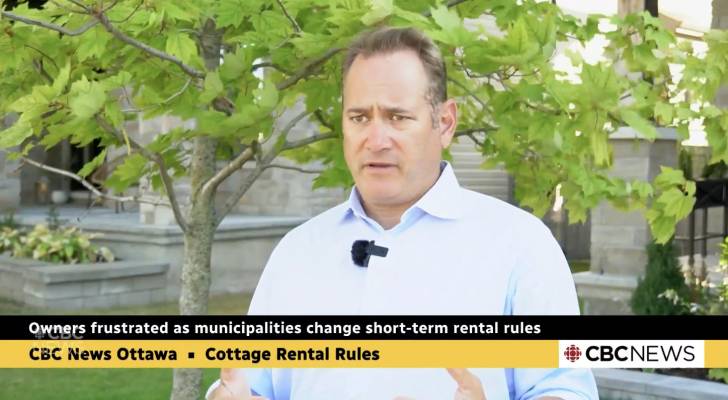Bank of Canada cuts rate to 2.50% — what this means for your mortgage and housing costs

Canadians hoping for more relief on borrowing costs finally got their wish as the Bank of Canada announced a rate drop on its target rate on September 17, 2025. The BoC dropped its overnight rate by 0.25% — from a bank-to-bank lending rate of 2.75% to 2.50%. This is the first cut the BoC has […]
I’m 65, tired of working and have very little savings — is it possible to live off CPP alone? Yes, but you’ll need to make these 3 big sacrifices

If you plan on retiring and rely primarily on the Canada Pension Plan (CPP) you may have heard you will end up being perpetually cash-strapped. So, does that mean you should stay at your job? Learn to survive on noodles? Or work more to build up savings? To help you decide, you first need to […]
Half of respondents say it would take over $1,000 to sell their most prized collectible — or they wouldn’t sell at all

A recent Money.ca reader poll found that a majority of respondents would need a significant financial incentive — or none would suffice — to sell their most treasured collectible. Turns out almost 3 out of 4 Canadians (72%) said they’d sell their prized collectible for more than $1,000 or wouldn’t sell at all, shen asked, […]
Canadian businesses walk back fears of a recession, but challenges still persist

While Canadian businesses are dialling back their expectations of a recession, cost pressures, weak demand and trade issues are still big concerns, according to the Bank of Canada’s (BoC) latest Business Outlook Survey. The BoC Q2 2025 report shows some improvement in business sentiment, especially among exporters who are now less concerned about the impact […]
Bank of Canada cuts rate to 2.50% — what this means for your mortgage and housing costs

Canadians hoping for more relief on borrowing costs finally got their wish as the Bank of Canada announced a rate drop on its target rate on September 17, 2025. The BoC dropped its overnight rate by 0.25% — from a bank-to-bank lending rate of 2.75% to 2.50%. This is the first cut the BoC has […]
Bank of Canada holds rates again in July — here’s how to fight back against financial insecurity

The Bank of Canada hit pause again — holding the overnight rate at 2.75% on July 30, 2025 — leaving Canadians stuck in a high-cost limbo. For the second consecutive decision, the central bank opted to wait, as core inflation remains stubborn and U.S. tariff threats add more uncertainty to Canada’s economic outlook. While some […]
Crushed by student expenses? These discounts can save you hundreds in Canada this year

With Canadian tuition averaging $7,076 per year for undergraduate programs in 2024, according to Statistics Canada, finding every possible student discount can help offset living costs and reduce debt after graduation. Students can find discounts with varioius retailers, as well as products and services aimed at helping you manage your money while you concentrate on […]
Relief at last: Bank of Canada cuts rate after a six-month pause — easing pressure on mortgages and debt

The Bank of Canada dropped its overnight lending rate by 0.25% on September 17, 2025, lowering its target rate from 2.75% to 2.50%. This latest rate drop breaks the BoC’s recent streak of three consecutive rate holds that began in March 2025. Prior to the March pause, the BoC had steadily lowered rates over seven […]
When licensing rules end a family Airbnb dream: One owner’s story and what it means for Canadian cottages

In Calabogie, Ont., Gabriel Leclerc is about to do something few cottage owners ever imagine — sell family-owned properties. After years of renting them on Airbnb, he says new township licensing rules have made hosting a financial and logistical burden. Leclerc’s story, reported by CBC News, began when Greater Madawaska introduced a $300-a-year licensing requirement […]
Leave more than money: practical legacy planning for Canadians

Many Canadians dream about the legacy they will leave behind — not just money, but the values, traditions and lessons for loved ones. Thinking ahead about how your wealth and life experiences will shape the future can provide clarity and peace of mind. That’s where legacy planning comes in. Legacy planning is the process of […]